Leadership & Management Concepts: Tesco Operations - Unit 4 Report
VerifiedAdded on 2023/04/11
|14
|632
|273
Report
AI Summary
This report analyzes leadership and management concepts within Tesco's operational framework, covering key functions such as financial operations, product design, supply chain management, and marketing. It examines various operational approaches, including corporate strategy, customer-driven strategies, product development, and competitive priorities, highlighting their values in enhancing productivity and customer satisfaction. The report also addresses the impact of external factors, such as political, legal, socio-cultural, and economic influences, on decision-making and market uncertainty. Furthermore, it suggests improvements in operational efficiency through information access, departmental connectivity, process automation, and streamlined communication. The report concludes that Tesco's organized management structure contributes to its well-undertaken operations and recommends automating services and introducing home delivery to enhance customer experience. This detailed analysis provides valuable insights into effective leadership and management practices within a large retail organization.
1 out of 14
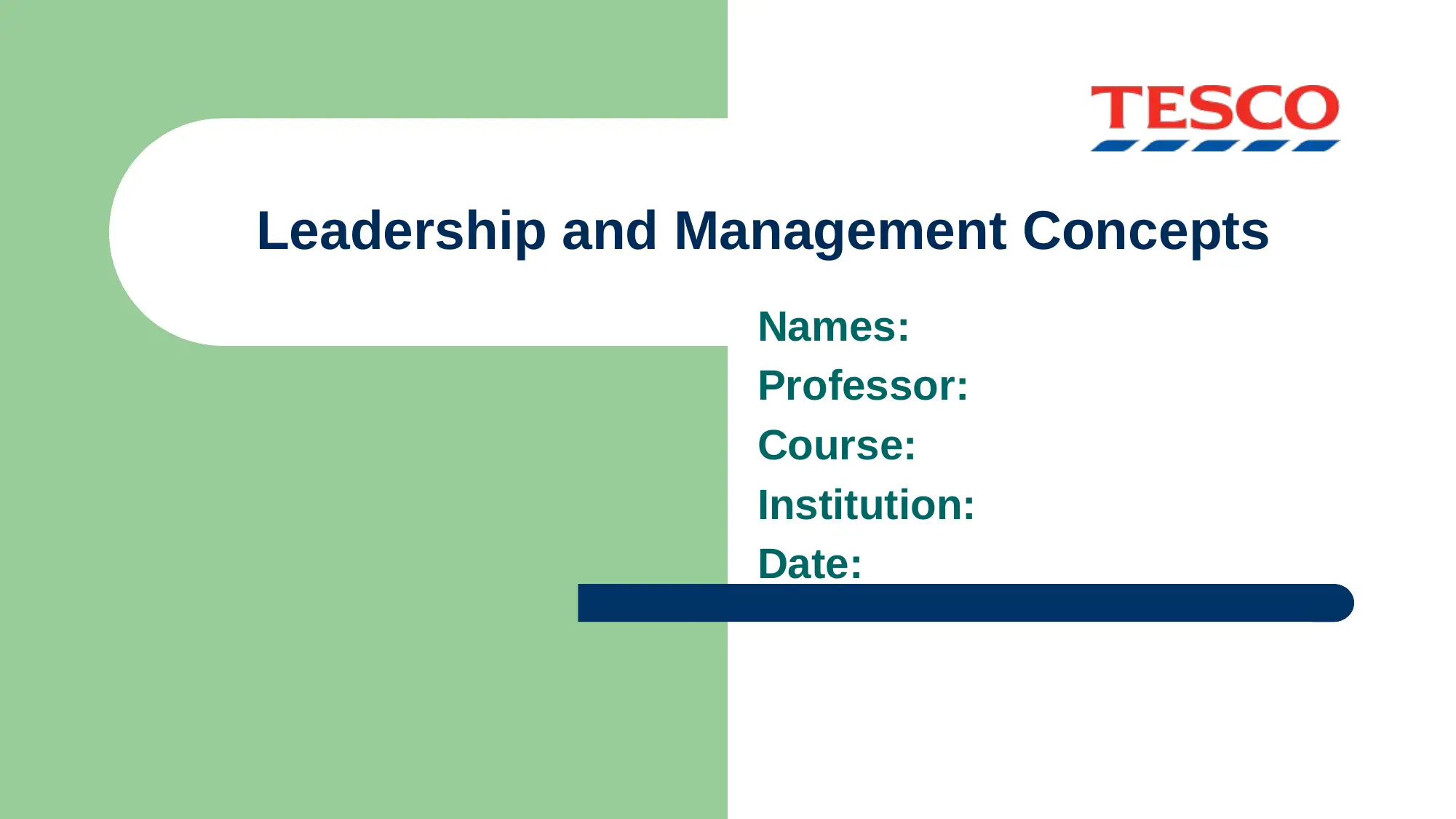
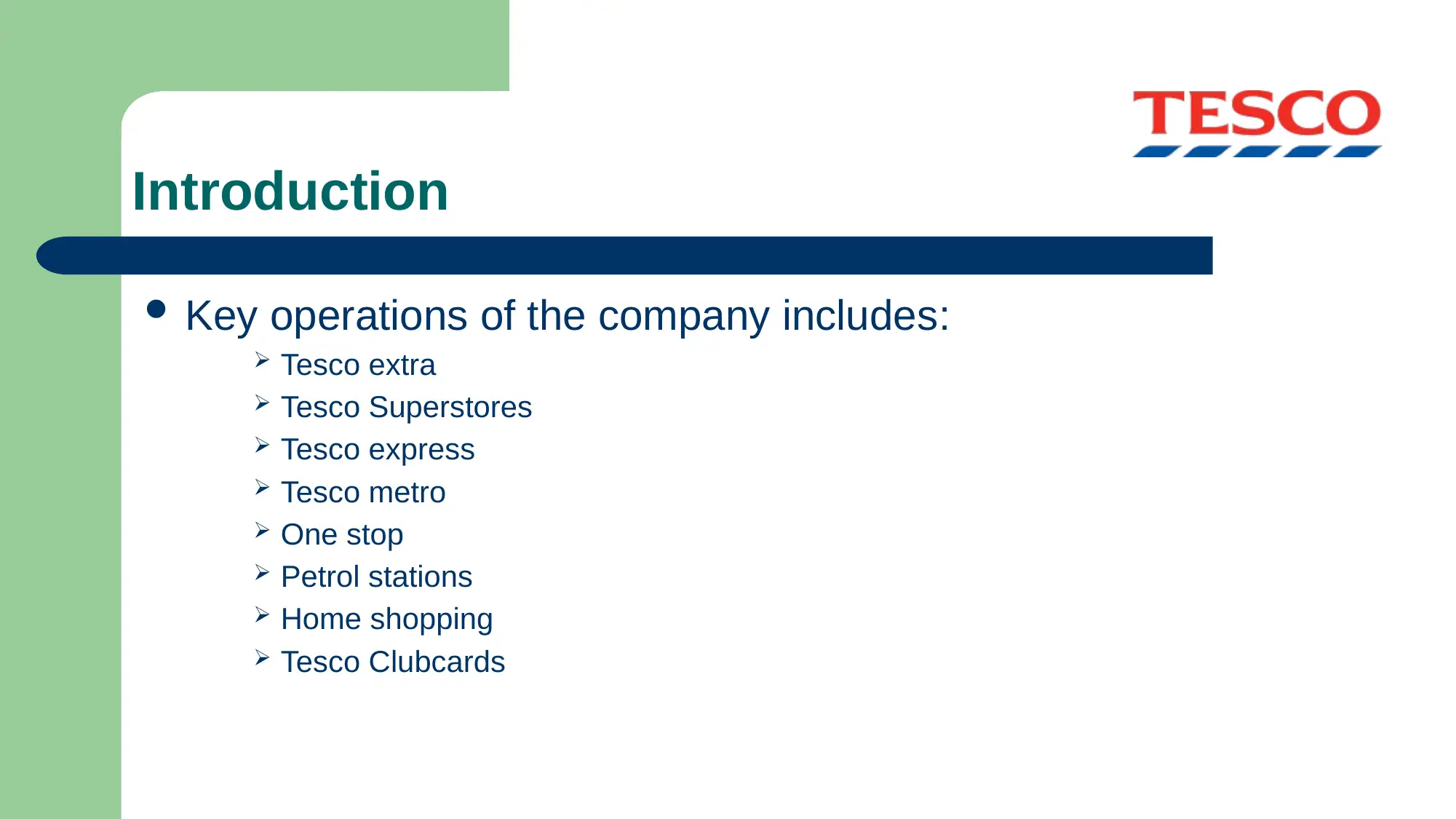
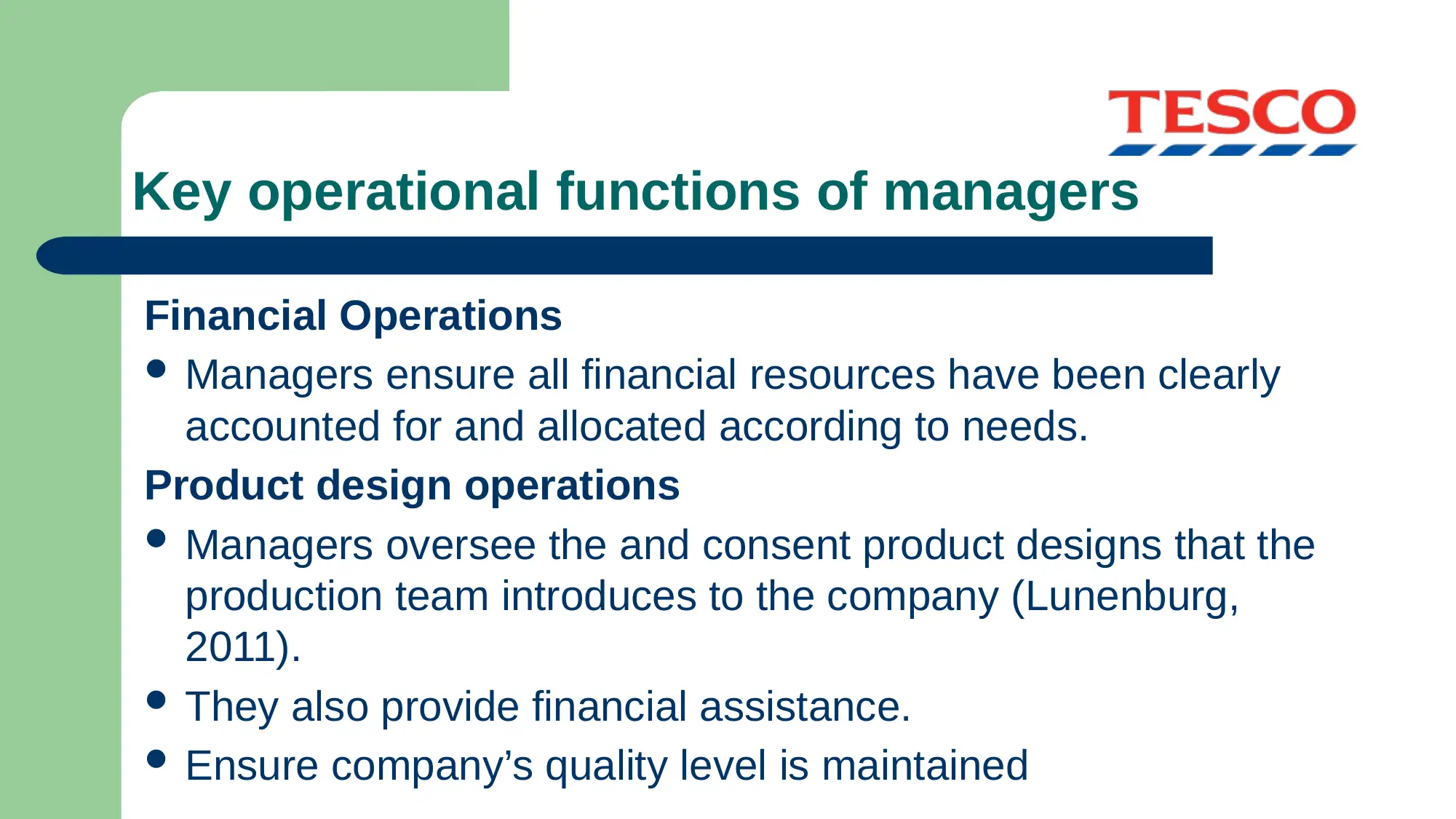

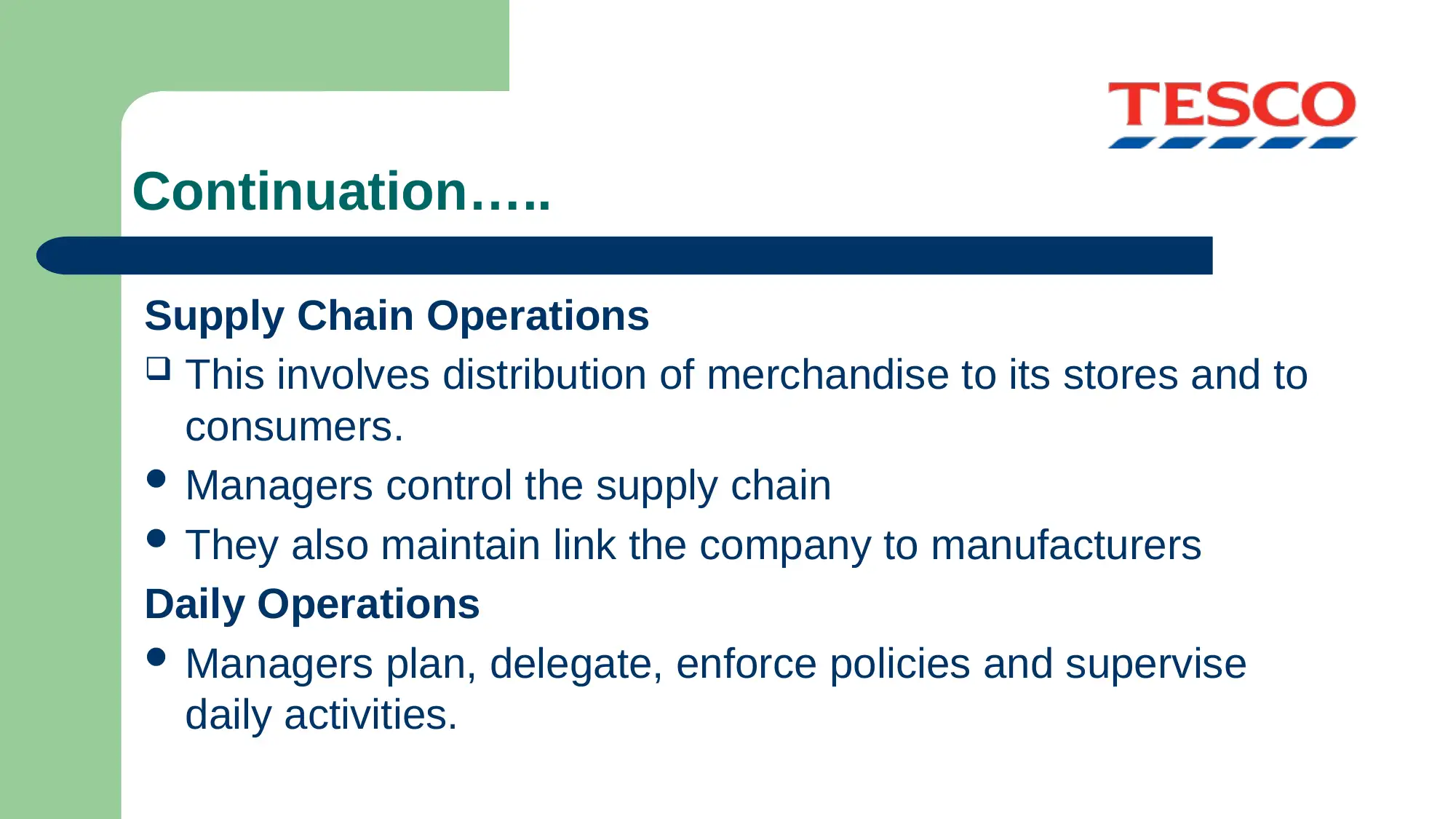
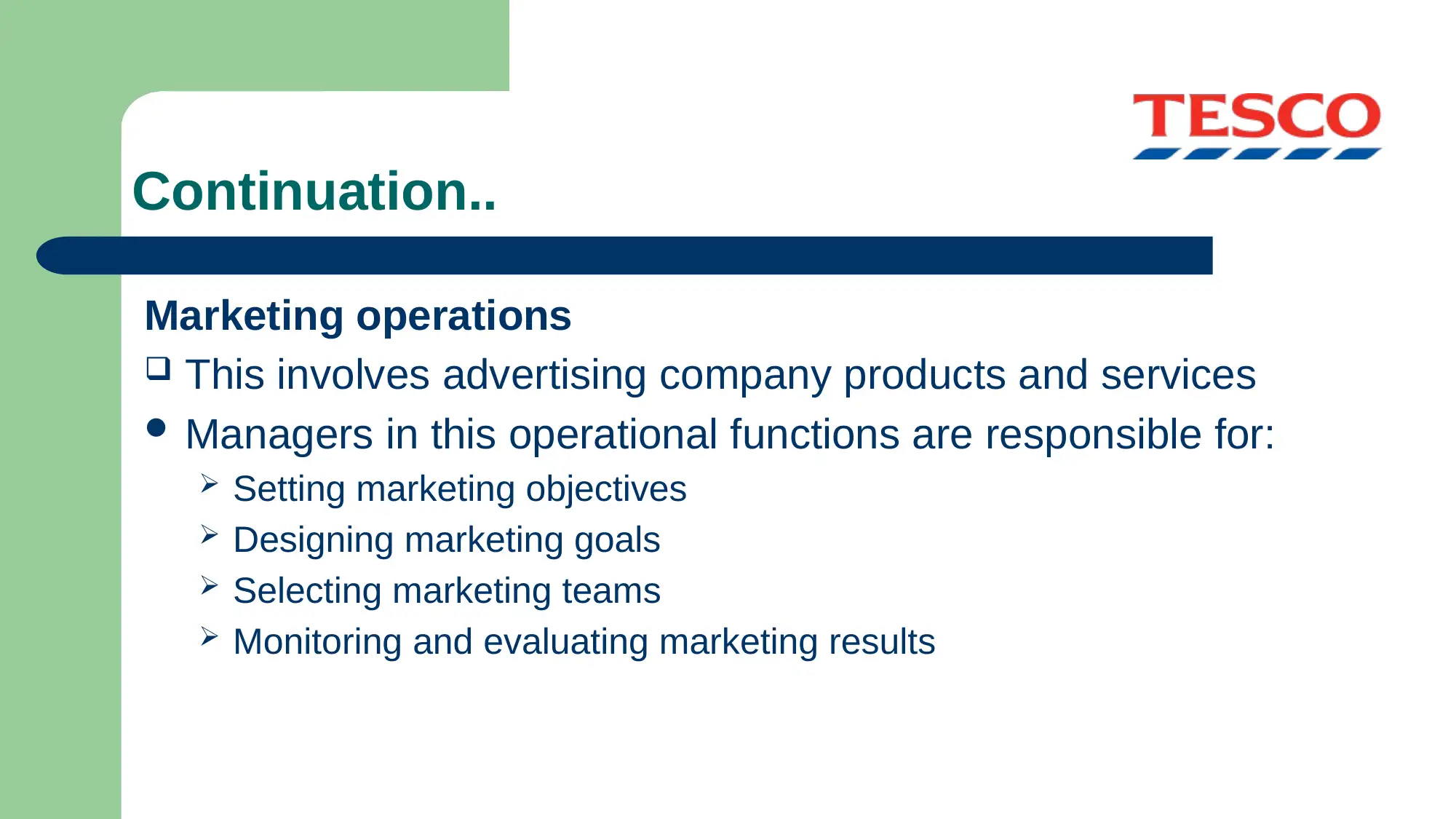
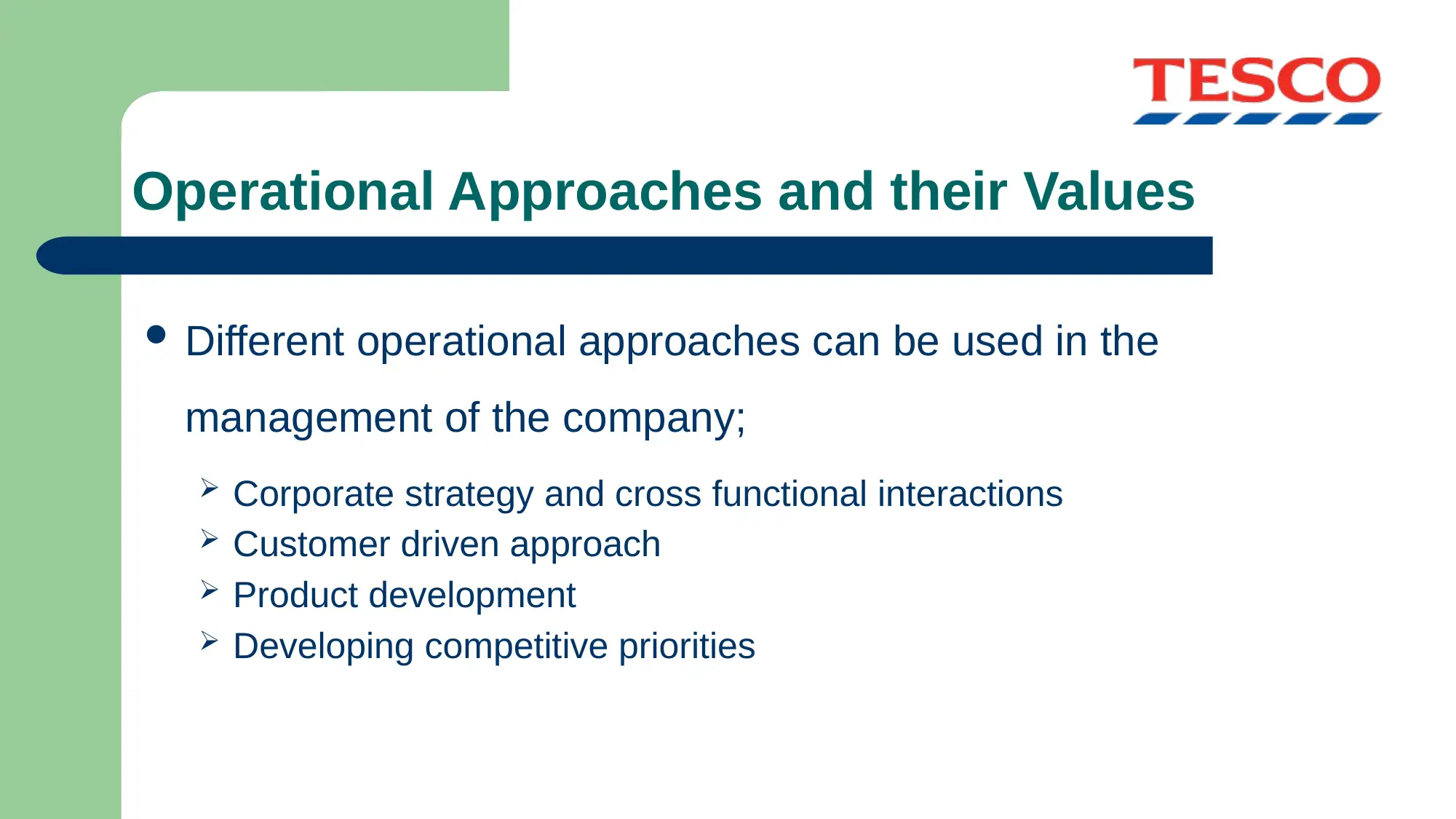

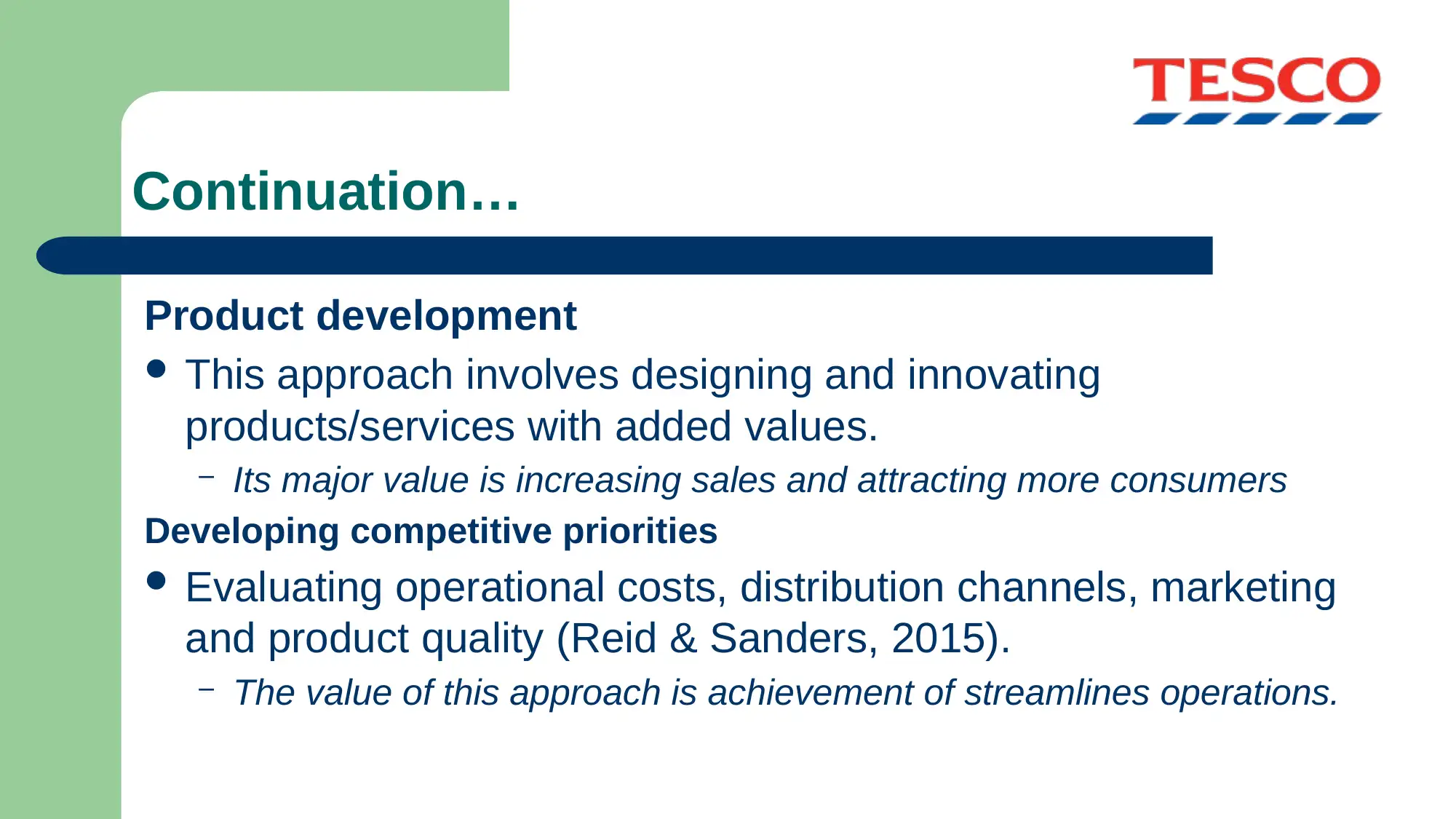
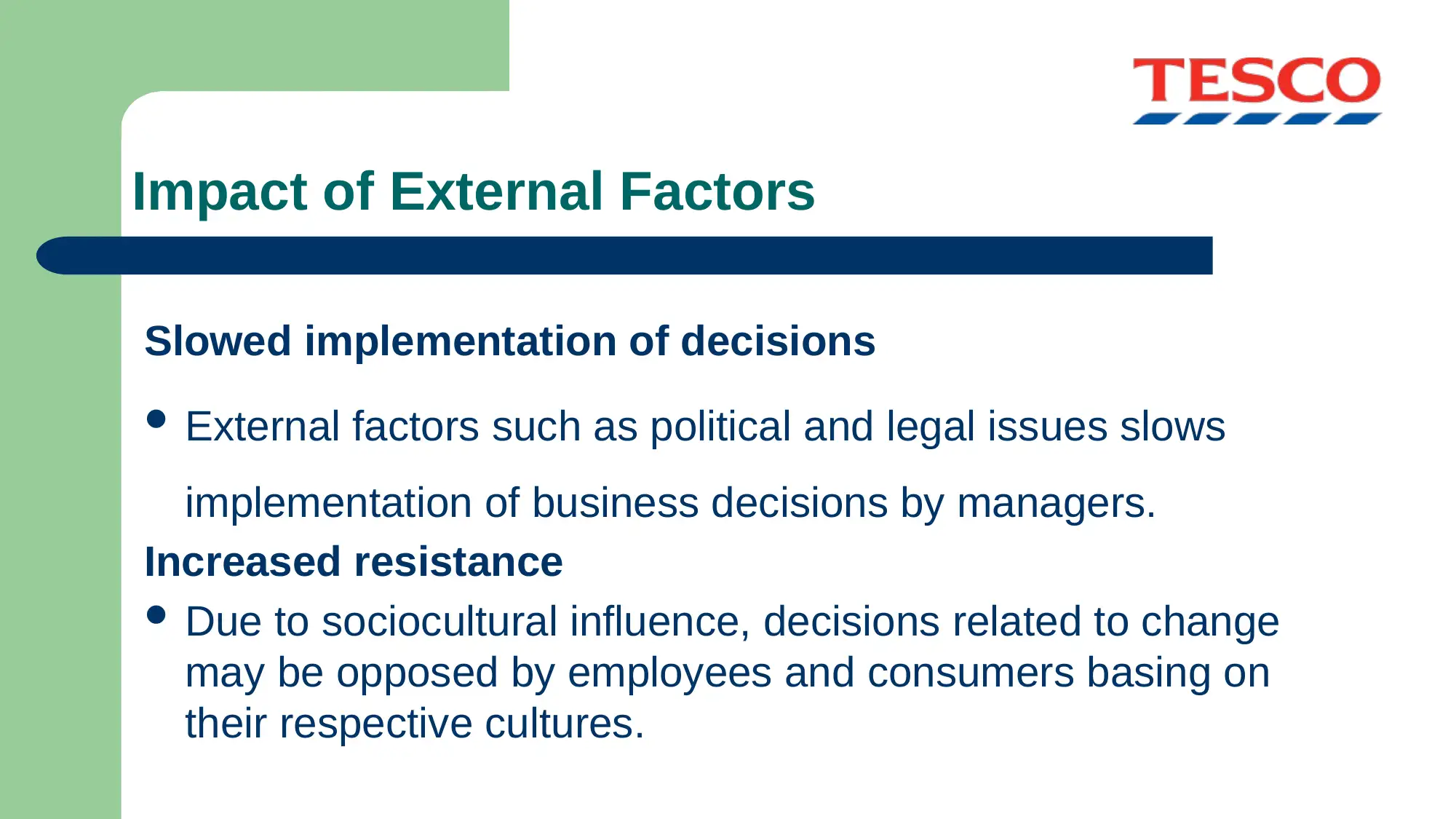
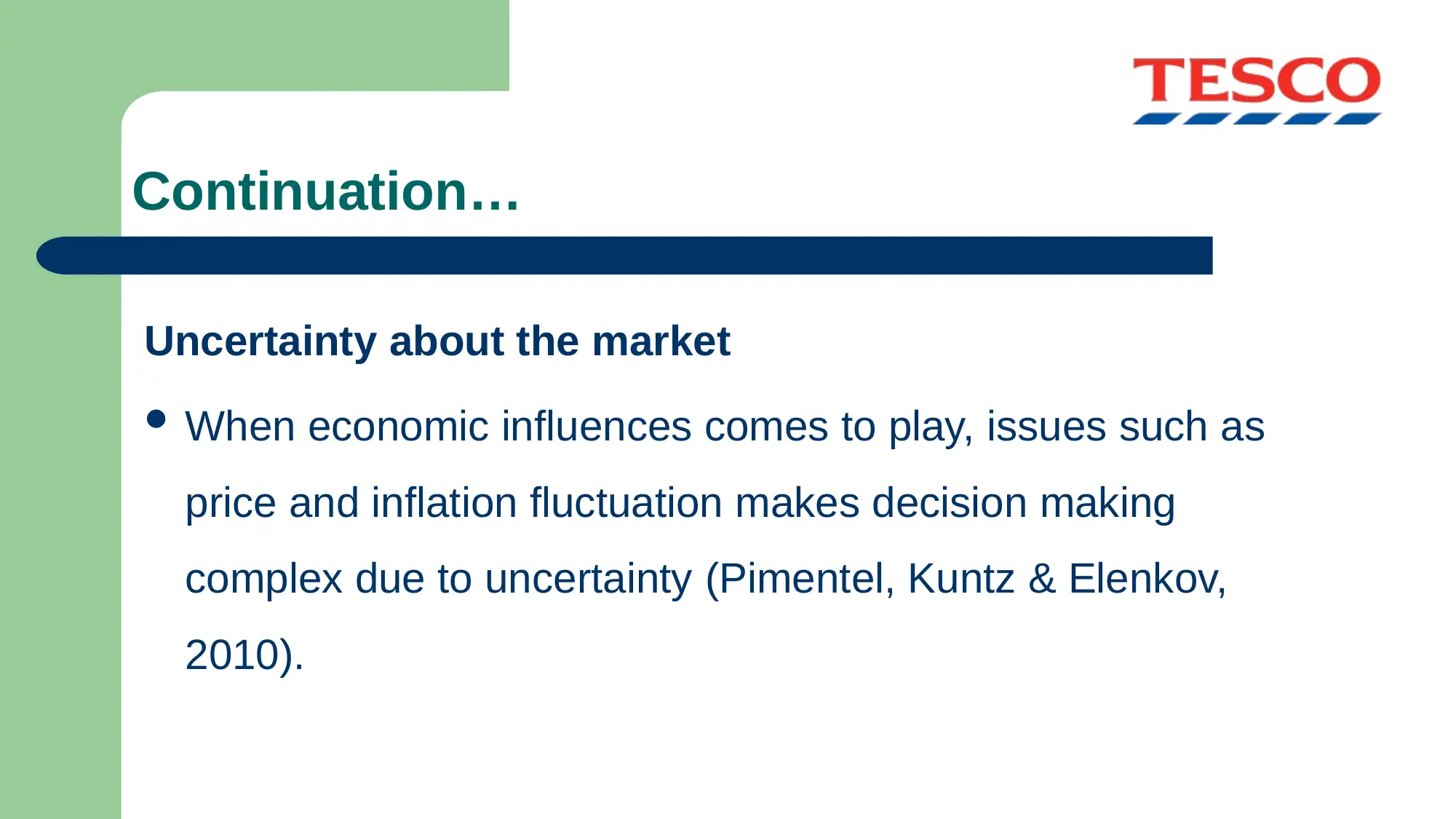
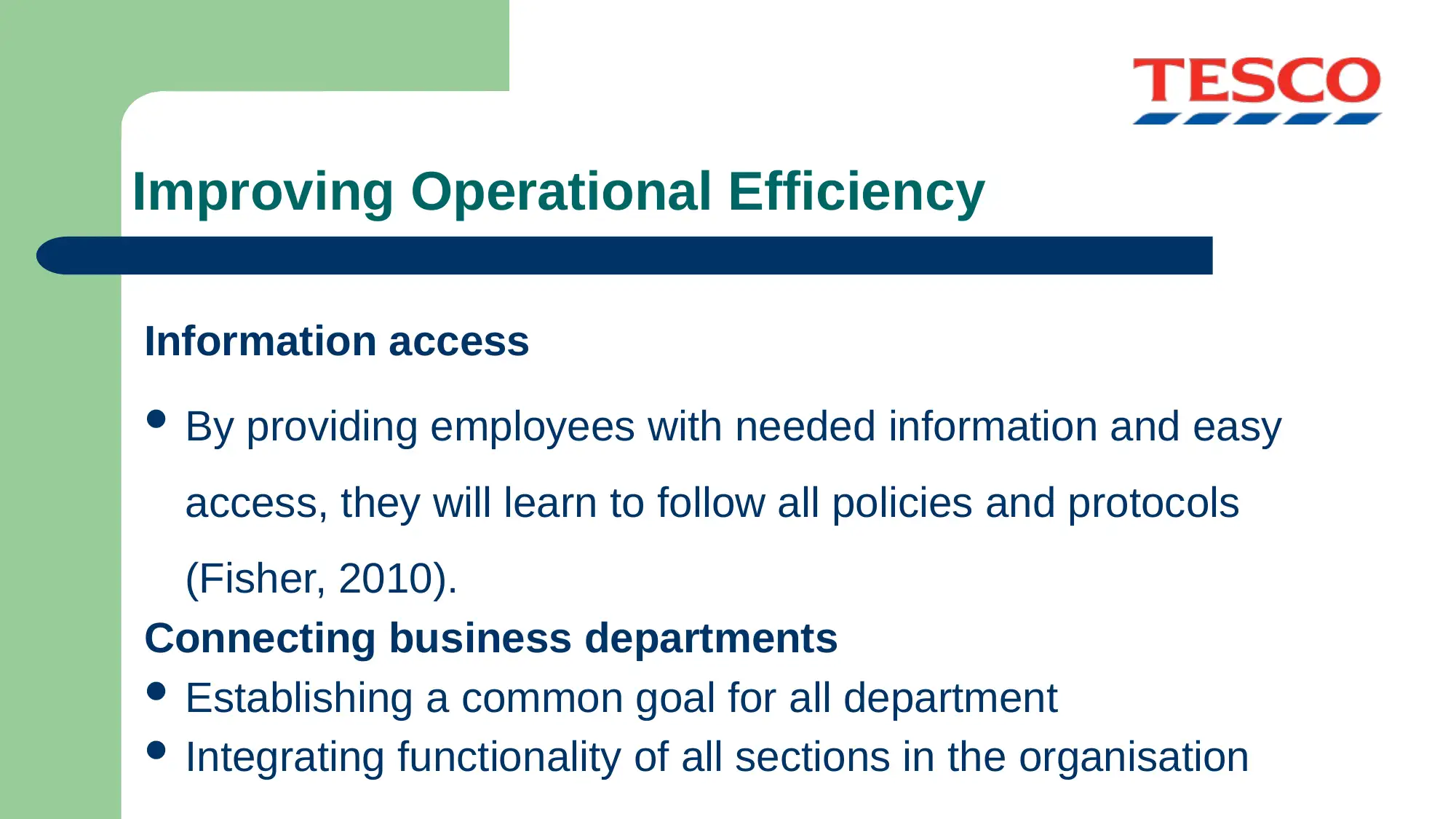
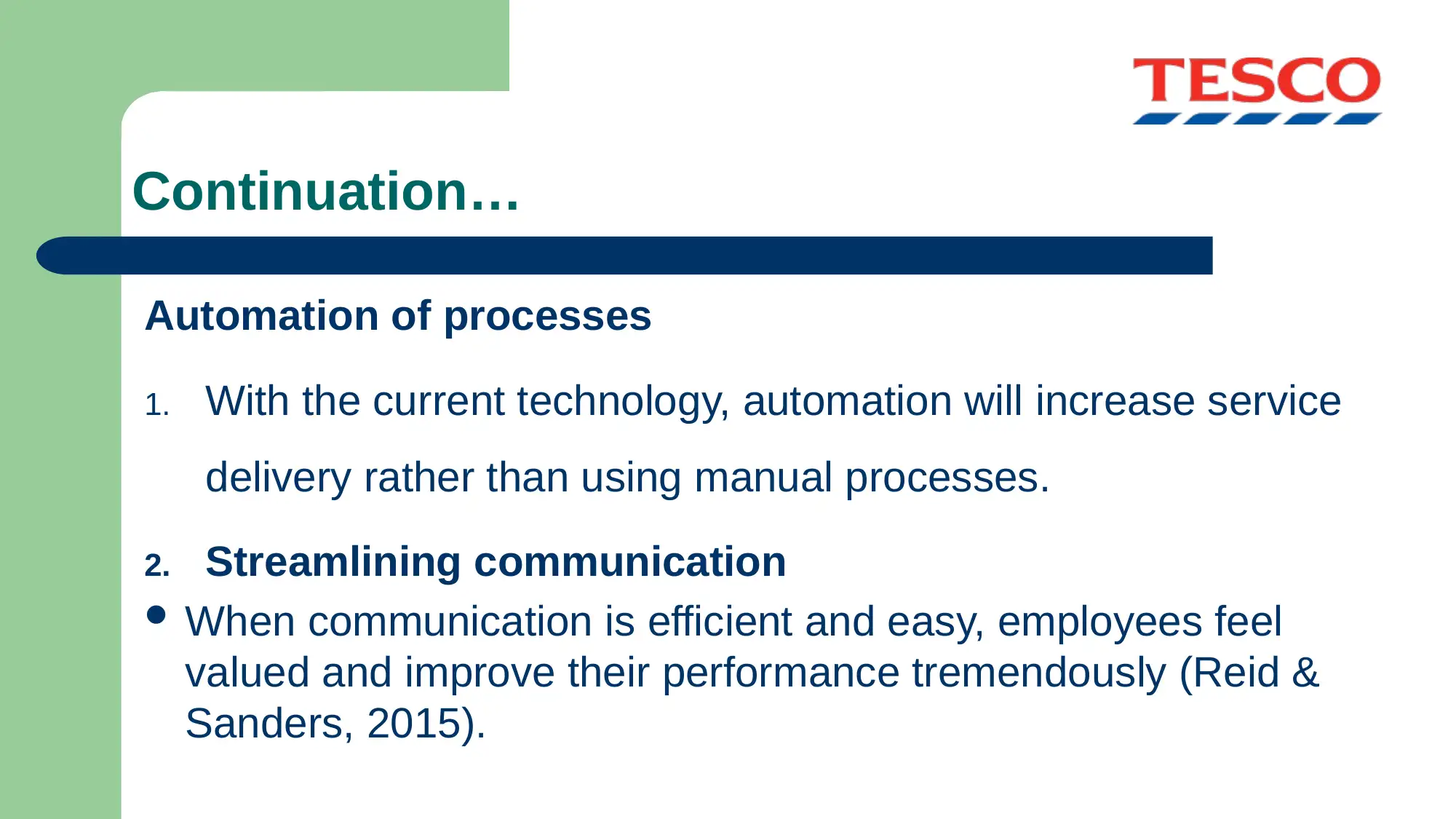





![[object Object]](/_next/static/media/star-bottom.7253800d.svg)